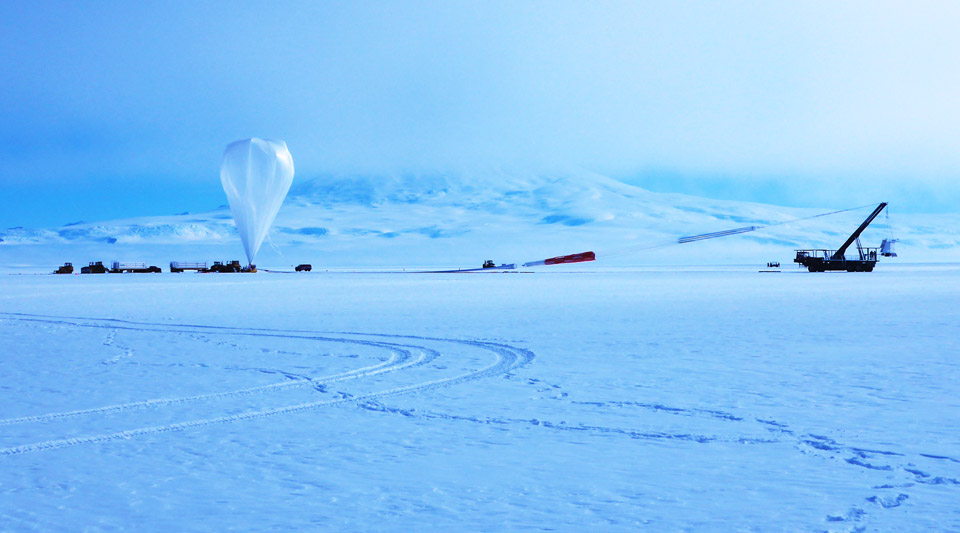Antarctica provides NASA with the advantages of being in space—at a fraction of the cost. Each year, from December to January, the agency’s Balloon Program Office (BPO) launches scientific balloons into Antarctica’s stratosphere, taking advantage of this icy continent’s remote location and stable winds.
IrishSat was one of only two teams, alongside Purdue University, to successfully send their high altitude balloon hardware, IRIS, to Antarctica. The two teams had previously proven the quality of their mechanical and electrical technologies in a NASA competition in Fr. Sumner. In Antarctica, IRIS was the only system to pass compatibility testing and make it to the flight line.
Unlike party balloons, NASA’s balloons are larger than the Washington Monument and carry payloads up to 5000 lbs. Riding winds that circle the pole, their balloon missions in Antarctica collect large amounts of scientific data for days or even weeks in near-space conditions.

The IRIS system is designed to deploy from a high altitude balloon and autonomously steer to a safe landing site on the ground, carrying a hard drive of data. What made their system unique was its simplicity and ease of use. IRIS uses a guided parafoil controlled by novel Guidance, Navigation, and Controls (GNC) software. The custom flight computer makes the system very easy to operate.


While a procedural issue led to IRIS not deploying during the Antarctic launch in December, the team hopes to test its high altitude balloon system throughout March and April. Launch dates, times and location will be posted on team’s website as well as social media accounts.
— Patrick Schwartz, ’25
Hero image courtesy of NASA.
